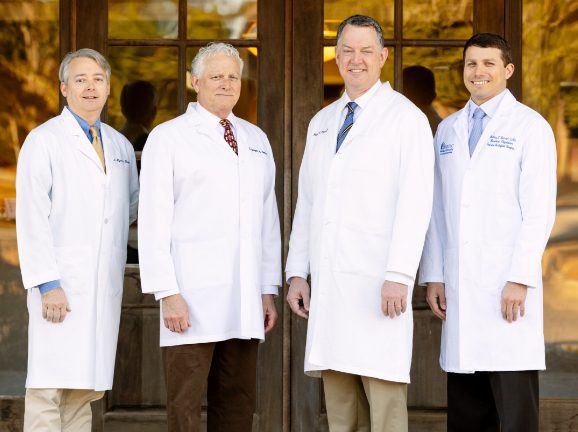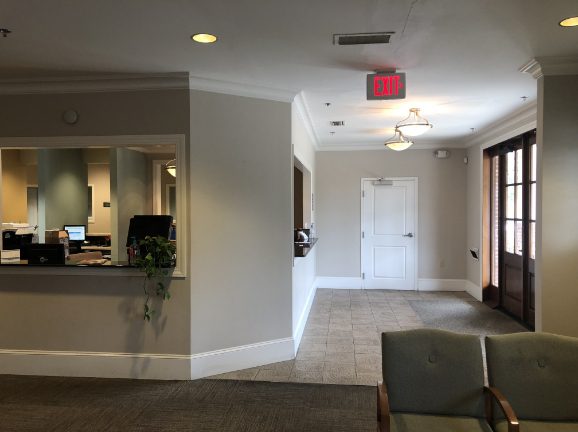During early pregnancy, separate areas of the face develop individually and then join together, including the left and right sides of the roof of the mouth and lips. However, if some parts do not join properly, sections dont meet and the result is a cleft. If the separation occurs in the upper lip, the child is said to have a cleft lip.
A completely formed lip is important not only for a normal facial appearance but also for sucking and to form certain sounds made during speech. A cleft lip is a condition that creates an opening in the upper lip between the mouth and nose. It looks as though there is a split in the lip. It can range from a slight notch in the colored portion of the lip to complete separation in one or both sides of the lip extending up and into the nose. A cleft on one side is called a unilateral cleft. If a cleft occurs on both sides, it is called a bilateral cleft.
A cleft in the gum may occur in association with a cleft lip. This may range from a small notch in the gum to a complete division of the gum into separate parts. A similar defect in the roof of the mouth is called a cleft palate.
Cleft Palate
The palate is the roof of your mouth. It is made of bone and muscle and is covered by a thin, wet skin that forms the red covering inside the mouth. You can feel your own palate by running your tongue over the top of your mouth. Its purpose is to separate your nose from your mouth. The palate has an extremely important role during speech because when you talk, it prevents air from blowing out of your nose instead of your mouth. The palate is also critical when eating. It prevents food and liquids from going up into the nose.
As in cleft lip, a cleft palate occurs in early pregnancy when separate areas of the face have developed individually do not join together correctly. A cleft palate occurs when there is an opening in the roof of the mouth. The back of the palate is called the soft palate, and the front is known as the hard palate. A cleft palate can range from just an opening at the back of the soft palate to a nearly complete separation of the roof of the mouth (soft and hard palate).
Sometimes Mobile babies with a cleft palate may have a small chin, and a few babies with this combination may have difficulties with breathing easily. This condition may be called Pierre Robin sequence.
Since the lip and palate develop separately, a child can be born with a cleft lip, palate, or both. Cleft defects occur in about one out of every 800 babies.
Mobile children born with either or both of these conditions usually need the skills of several professionals to manage the problems associated with the defect such as feeding, speech, hearing, and psychological development. In most cases, surgery is recommended. When surgery is done by an experienced, qualified oral and maxillofacial surgeon such as our doctors, the results can be quite positive.
Cleft Lip Treatment
Cleft lip surgery is usually performed in Mobile children when they are about ten years old. The goal of surgery is to close the separation, restore muscle function, and provide a normal shape to the mouth. The nostril deformity may be improved as a result of the procedure or may require subsequent surgery.
Cleft Palate Treatment
A cleft palate is initially treated with surgery safely when the child is between 7 to 18 months old. This depends upon the individual child and his/her own situation. For example, if the child has other associated health problems, the surgery will likely be delayed.
The primary goals of surgery are to:
- Close the gap or hole between the roof of the mouth and the nose.
- Reconnect the muscles that make the palate work.
- Make the repaired palate long enough so that the palate can perform its function properly.
There are many different techniques that surgeons will use to accomplish these goals. The choice of techniques may vary between surgeons and should be discussed between the parents and the surgeon prior to surgery.
The cleft hard palate is generally repaired between the ages of 8 and 12 when the cuspid teeth begin to develop. The procedure involves the placement of bone from the hip into the bony defect, and closure of the communication from the nose to the gum tissue in three layers. It may also be performed in Mobile teenagers and adults as an individual procedure or combined with corrective jaw surgery.
What Can Be Expected After The Surgery?
After the palate has been fixed, Mobile children will immediately have an easier time swallowing food and liquids. However, in about one out of every five children following cleft palate repair, a portion of the repair will split, causing a new hole to form between the nose and mouth. If small, this hole may result in only an occasional minor leakage of fluids into the nose. If large, however, it can cause significant eating problems, and most importantly, can even affect how the child speaks. This hole is referred to as a “fistula” and may need further surgery to correct.
For more information on cleft lip and palate, contact our office in Mobile at (251) 344-6191.




